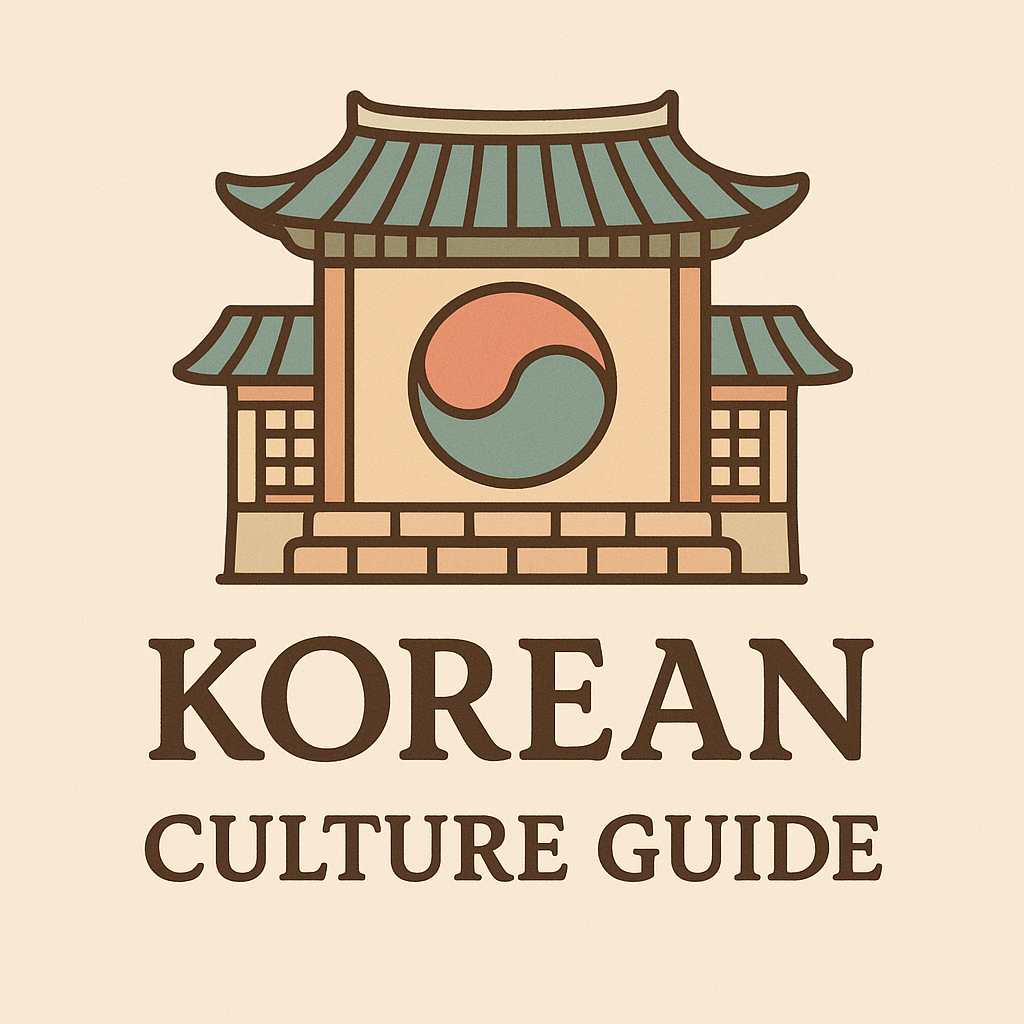-
contents
Discover how Koreans have interpreted dreams through the mystical tradition of Mongyim, a cultural lens where dream symbols reveal destiny, ancestral messages, and spiritual insight.
When a Dream Is More Than a Dream
What if your dream held a hidden message about your future? In Korea, dreams are not brushed aside as mere figments of sleep but are seen as gateways to unseen worlds. Among many cultural beliefs, Mongyim—the interpretation of symbolic dreams—has shaped decisions on marriage, business, even politics. This practice, rooted in centuries-old shamanic and Confucian traditions, continues to influence Korean life today in subtle, fascinating ways.
The Roots of Mongyim: A Cultural Tapestry
The word Mongyim (몽임) refers to the belief that certain dreams—especially those deemed "true dreams" (정몽)—carry messages from spirits, ancestors, or the cosmos. Unlike ordinary, fragmented dreams, these true dreams are vivid, emotionally charged, and symbolically rich. In ancient Korea, such dreams were often regarded as omens or divine signals. During the Joseon Dynasty, kings documented auspicious dreams, sometimes changing policies or royal marriages based on their interpretations.
Dream readers, often female shamans (mudang) or Buddhist monks, were consulted to decode dreams. They relied on oral traditions, scriptures like the Junggamnok (a prophetic text), and folkloric associations to translate symbols into meanings. A tiger might mean power or danger. A pig could mean incoming wealth. Losing teeth? Someone may die. Giving birth in a dream? Prosperity is coming.

Dream Symbols and Their Meanings
Even today, many Koreans instinctively interpret dream symbols based on traditional meanings. Below are a few common dream motifs and their cultural interpretations:
- Pigs (돼지): An age-old symbol of wealth. Dreaming of pigs often signals good fortune, a job promotion, or winning the lottery.
- Snakes (뱀): Ambiguous. Sometimes seen as threatening, but also associated with hidden wisdom or spiritual awakening.
- Babies or childbirth: Signifies new beginnings or a creative breakthrough.
- Teeth falling out: A warning of death in the family or severe misfortune.
- Flying or floating: Liberation, spiritual ascension, or upcoming changes.
Many Koreans, regardless of religious background, still google these meanings upon waking, or consult online forums and blogs where users analyze each other’s dreams—continuing a communal, digital-era Mongyim.
Real-Life Impact: When Dreams Drive Decisions
Dreams in Korea don’t remain confined to the subconscious. Stories abound of individuals who made life-changing decisions based on what they saw in dreams:
- Business decisions: A CEO reportedly delayed a merger after dreaming of a collapsing mountain—a sign of instability.
- Lottery purchases: Some individuals buy specific numbers they saw in dreams. There are even apps that convert dream symbols into lotto numbers.
- Marriage considerations: Dreaming of certain animals or disasters before a wedding can cause families to postpone or cancel plans.
- Naming children: Parents may seek a monk’s help to interpret birth dreams (태몽) to name their child auspiciously.
These anecdotes may seem whimsical, but for many Koreans, dreams offer an intuitive compass—especially in times of uncertainty.
Mongyim in the Digital Age
Interestingly, Mongyim hasn’t faded in modernity. It has evolved. Today, entire blogs and YouTube channels are dedicated to dream interpretation. Apps like "꿈해몽" (Dream Interpretation) analyze dream content using AI combined with traditional data.
Online communities such as Naver Cafés allow users to share their dreams and receive interpretations from others or from self-proclaimed experts. This crowdsourced mysticism demonstrates how Mongyim is both deeply personal and inherently social.
Moreover, influencers and tarot readers often include dream analysis in their content. For Gen Z and millennials, Mongyim is less about strict superstition and more about exploring intuition, self-reflection, and healing.
Why Does Mongyim Still Matter?
In a world dominated by science and logic, why do symbolic dreams continue to hold sway in Korean culture?
- Cultural Continuity: Mongyim offers a sense of connection to the past. It embodies intergenerational wisdom.
- Psychological Anchoring: Interpreting dreams provides emotional relief or confirmation of inner doubts.
- Spiritual Insight: For many, dreams are portals to the subconscious, ancestors, or divine forces. Mongyim isn’t seen as superstition, but as an alternative channel of knowing.
Whether through a smartphone app or a grandmother’s whispered interpretation, the practice remains surprisingly resilient.
Dreaming Forward
Korea’s belief in dream symbols is more than folklore—it’s a living dialogue between past and present, logic and intuition. Mongyim reflects a worldview where dreams are not random static, but meaningful transmissions. They offer comfort, warnings, and, occasionally, direction. And in a society where uncertainty is constant, the ancient act of listening to dreams remains a quietly powerful tradition.
'culture' 카테고리의 다른 글
K_Culture Guide
Korea Vibes Blog shares real stories, cultural insights, and travel tips from Korea. Discover what makes Korean life so unique.
